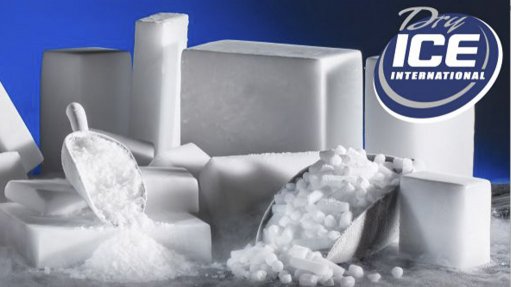
Although the idea of freeze branding is not new to South African agriculture, dairy farmers have just recently begun to use it more regularly to make herd management simpler. Cattle and horses can be freeze-branded using dry ice.
The freeze-brand of cattle, as opposed to hot branding, necessitates the submersion of branding irons in dry ice (-79°C) until the irons reach a temperature at which their application to the hide would result in a permanent imprint on the animal. The extremely cold iron destroys the pigment follicles beneath the animal's hair, which results in the imprint.
White hair replaces the natural hair coat in the branded area of cattle that have been branded with extremely cold irons and dry ice. Hair under the freeze-brand site will regrow in a noticeable white colour in animals carrying the white hair colour gene.
Coolant plays a crucial role in livestock branding, a process of great significance for farmers. By reducing the temperature of the iron, it becomes suitable for application on shaved skin. This cold application alters the color of hair follicles permanently. The intense cold effectively eradicates the pigmentation in the animal's hair follicles, ensuring that any subsequent growth remains uncolore
This leaves a strong, long-lasting mark in the shape of the branding iron's head. The loss of hair leaves a spot of skin without hair in the shape of the brand.
Below are the basics you need to know about the freeze-brand of cattle.
Benefits of freeze branding
For permanent identification, freeze branding with dry ice is becoming more common because it leaves a clean, attractive white mark that can be used for either owner identification or animal identification.
The benefits of freeze branding are:
- Cattle and livestock can be permanently tracked.
- Freeze brand identification marks won’t wear or fade over time.
- The identifying marks are perfect for use in the milking room and are required for accurate milk accounting.
- The brands are conspicuously legible, even when far away.
- Freeze branding is more ideal than ear tags, which can be misplaced or become unreadable over time.
- It eliminates the skin cells that give the hair its colour.
- Using a cold iron is less uncomfortable for animals than using a hot one.
- Freeze branding is rather mild and less invasive.
- Freeze branding allows for year-round visibility, making it simple to track down lost livestock.
Freeze branding process
In 30 to 60 days, the iron used to freeze-brand cattle make the hair lose its colour and turn white. Because they are so much colder and work better, dry ice and isopropyl alcohol will leave the best and most readable marks. Also, the timing is very important because it changes based on the age, weight, and health of the cows.
When you compare freeze branding irons to hot irons, you can tell them apart because the metal on freeze branding irons isn't cracked in key places, which lets extra heat escape. With these, the handles are usually shorter, and the branding area is usually bigger.
Copper alloy is often used to make freeze branding irons. Even though irons made of brass, stainless steel, or metal can be used, copper irons have always worked best because they conduct heat better.
In conclusion, to submerge irons, a mix of dry ice and isopropyl alcohol (99% alcohol) works well. There is a 1:1 amount in the mixture. To figure out how much isopropyl alcohol and dry ice you need, use 400 ml of isopropyl alcohol and 400 g of dry ice for each animal that needs to be marked.